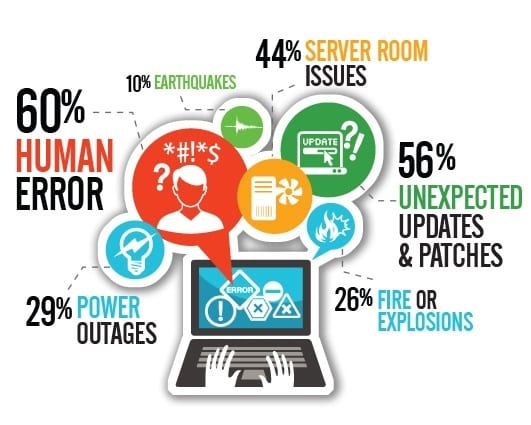Winter is Here: Time to Revisit Disaster Recovery

What happened in Buffalo is a reminder to all businesses to practice disaster recovery. Businesses in Upstate New York that had a disaster recovery plan will have had an easier time recovering from the colossal snow storm. It’s difficult to imagine the difficulties facing the businesses that didn’t have a proper strategy. For those who missed […]
Disaster Recovery: Most Common Causes of Data Loss

An important aspect of disaster recovery planning is understanding what causes data loss. At this point, most business owners understand the risks and costs of data loss. On the other hand, not everyone is so sure as to what causes it in the first place. We understand this and included a section in our backup solutions PDF […]
Start Your Disaster Recovery with an Emergency Services Request

Sometimes businesses don’t understand the need for disaster recovery until they’re actually in that situation. Some call this learning the hard way while others call it poor business planning. Either way, businesses that don’t invest in disaster recovery are headed down a rocky road. We understand that some businesses get caught up and unfortunately find […]
Technology Business Plan: The Importance of Business Continuity and Disaster Recovery

With outsourced IT, disaster recovery can be both comprehensively planned for and successfully implemented when you need it most. The first step to successful disaster aversion and recovery is having a continuity plan in place before disaster strikes. Keeping communication lines open and accessible both during and after a disaster can mean the difference between a catastrophic […]
A Disaster Recovery Plan – Does your company have one? Is it up to date?

According to the Department of Homeland Security, “forty percent of businesses affected by a natural or human-caused disaster never reopen” Does your company have an up-to-date Disaster Recovery Plan and do your employees know what to do in the event of an attack or natural disaster? Do you lay awake some nights wondering if your plan will […]

